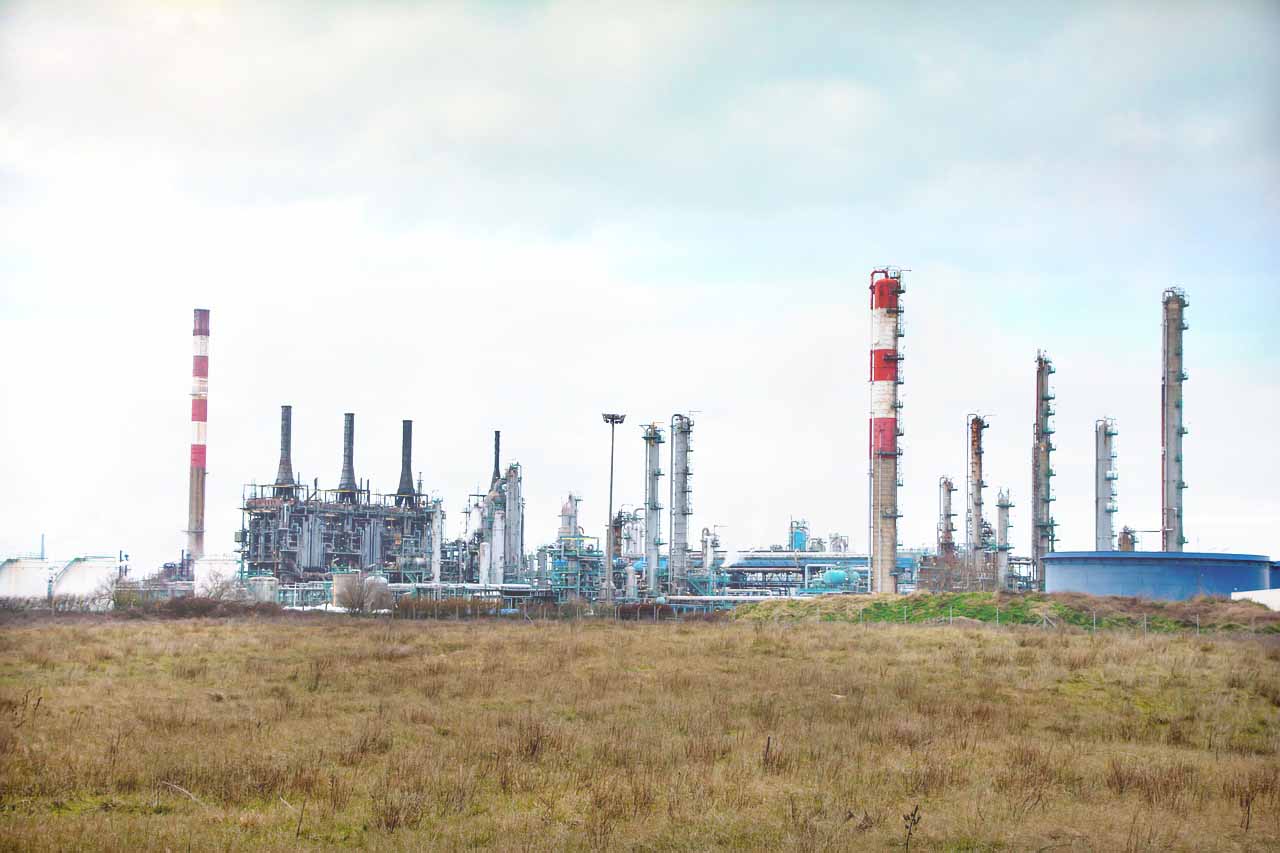Good news! The PSA unit for hydrogen recovery at Shandong Haike has successfully commenced operation.
Recently, the PSA section of the waste hydrogen recovery unit for the 500,000-ton-per-year bio-based aviation fuel technology transformation and supporting project of Shandong Haike Chemical Co., Ltd. successfully commenced operation and produced qualified products after a series of meticulous works performed by our company, Shandong FTUNEX Environmental Protection Technology Co., Ltd. (hereinafter referred to as "FTUNEX Environmental"). These works included control system programming, program testing, adsorbent loading, equipment airtightness verification, nitrogen purging, and joint commissioning. The product recovery rate meets the design requirements.

Image / Sourced from the Internet
The PSA section of the hydrogen recovery unit in this project adopts a six-tower coordinated operation design. Through the alternating operation of multiple adsorption towers, a seamless transition between adsorption and regeneration processes is achieved. The six-tower system better balances adsorption and regeneration, allowing selective adsorption and desorption of different gas molecules through precise pressure control, thereby quickly and efficiently separating the target gas from the gas mixture. Considering the complexity of the feed gas components in this project and the high content of heavy hydrocarbons above C4, our FTUNEX Environmental Protection team has continuously optimized the process by selecting highly efficient adsorbents, ultimately enabling the product hydrogen to meet general standards for both purity and hydrogen recovery rate.
Our company, FTUNEX Environmental, continues to push the boundaries of application through technological innovation. This collaboration with Shandong Haike Chemical Co., Ltd. marks a technological extension of our company in the field of traditional pressure swing adsorption separation. During the program design phase, we meticulously refined and optimized the process to ensure that the control program is stable and reliable. In the process design phase, we selected the optimal workflow and adsorbent proportion to achieve the best adsorption and desorption performance, aiming to maximize gas separation efficiency while minimizing energy consumption. The successful operation of this project validates our technological adaptability under various working conditions and provides an improved solution for expanding industrial gas separation applications.
